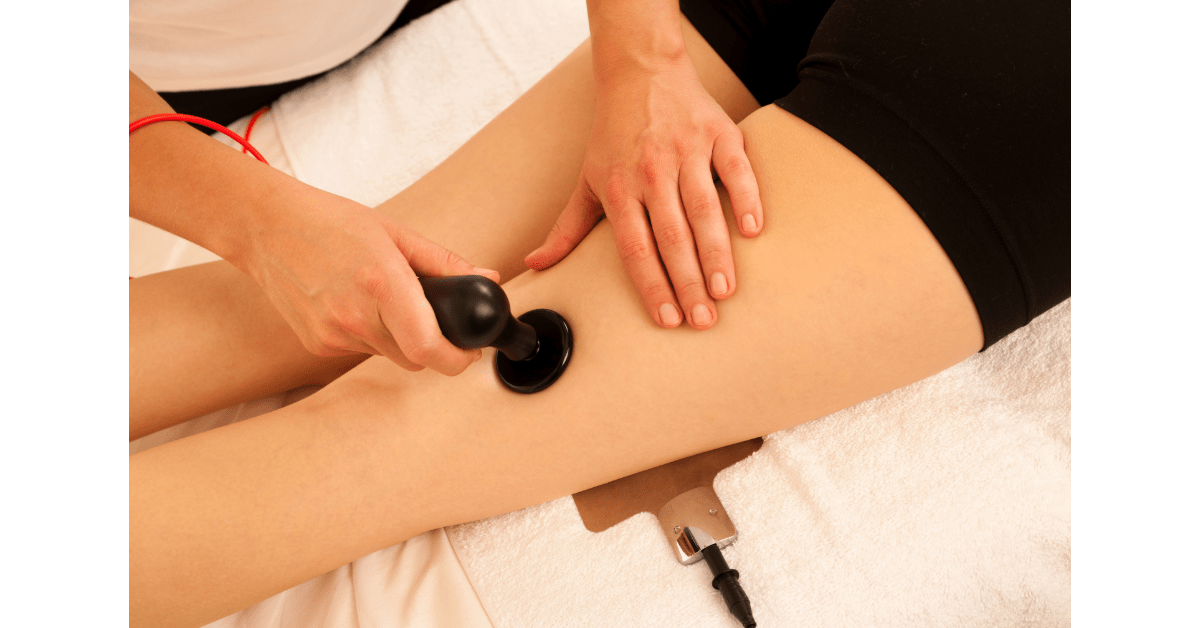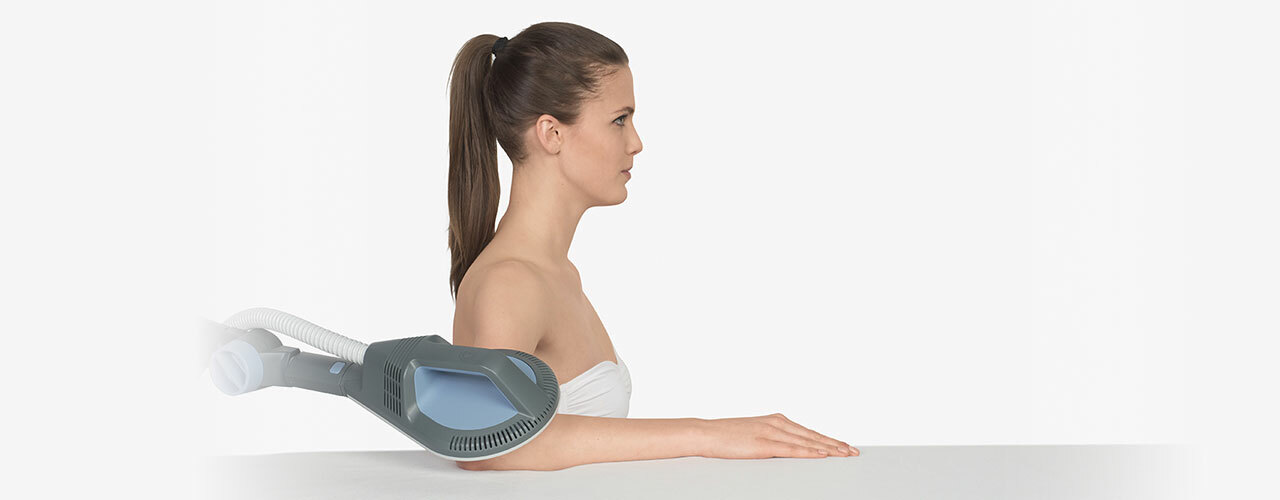A tear in one quadriceps muscle in the thigh’s front is sometimes referred to as a thigh muscle strain. It’s popular in sports like sprinting and jumping.
Thigh strain symptoms
If you have a strained thigh muscle, you may experience the following symptoms:
- A strong pain in the thigh’s front appeared out of nowhere.
- Depending on the type and degree of the injury, you may experience some swelling.
- Thigh strains are graded from 1 to 3 depending on the severity of the injury.
- A grade 1 muscle tear is minor, while a grade 3 muscle tear is entire or nearly complete.
What is a thigh muscle strain?
A tear of the quadriceps muscles in the thigh’s front is sometimes referred to as a thigh strain. The vastus lateralis, vastus medialis, vastus intermedius, and rectus femoris are the quadriceps muscles.
A strain is a muscular tear that can range in severity from a little tear to a complete rupture.
Quadriceps muscle strains are common in sports, like sprinting, jumping, and kicking. If you haven’t warmed up enough, you are more likely to experience an injury.
Any of the quadriceps muscles can rupture, although the rectus femoris is the most common. This is because it is the only muscle of the four that crosses both the hip and knee joints. As a result, it is more vulnerable to injury.
Strains in the thigh muscle usually arise in one of two places:
Musculotendinous junction (MTJ) strains
The muscle joins/becomes a tendon, which then attaches to bone at this point. The most common location for this is slightly above the knee.
Bulls-eye lesion
This is a tear that occurs higher up your leg, nearer the hip, in the thigh’s belly muscle. A ‘bulls-eye’ lesion is what it’s called.
The following are some other thigh muscle injuries:
- An injury to the rectus femoris tendon will cause pain near the muscle’s origin in the hip. This can be a tendon strain (tear) or an injury caused by overuse or inflammation.
- Contusions are more likely to occur after a direct contact on the muscle, such as being struck by a ball or other hard object, and should be treated accordingly.
Thigh strain treatment
The cold therapy PRICE principles of protection, rest, ice, compression, and elevation should be used as the first line of treatment for a thigh strain.
Protect
Wear a thigh support or compression bandage to protect your injured muscle. Compression aids in the reduction of swelling and the protection of the affected area.
Rest
In the early phases of recovery, avoid all sports activities. If you keep training on an injured muscle, it will not heal properly. In the early stages, it’s also important to elevate the damaged limb, which can be done by laying on a sofa with the leg propped up on two cushions.
Ice
For the first 72 hours following an injury, use ice or, better yet, a cold treatment and compression wrap. Ice for 10 minutes per hour at first, then less frequently as symptoms improve.
This will help to reduce swelling and, hopefully, the injury’s severity. Treatment will be determined by the degree of the injury after the initial acute stage.
Elevate the injured leg to allow swelling and tissue fluids to drain away from the muscle strain spot.
A qualified therapist can give a precise diagnosis. They will provide you with treatment options as well as a comprehensive rehabilitation programme. Electrotherapy, such as ultrasound, may also be used to help the healing process.
Sports Massage for thigh strains
After the acute stage has gone, sports massage may be beneficial.
Massage promotes the healing process by increasing blood flow to the muscles. Massage improves flexibility and loosens any tight knots or lumps that may have formed as a result of an injury. It’s also thought to increase tissue elasticity and correct scar tissue.
Thigh strain exercises
A gradual rehabilitation programme consisting of stretching and strengthening exercises should begin once the initial acute stage of the injury has gone.
Stretching exercises
Starting with simple static stretches and progressing to more sports-specific stretches performed dynamically, stretching exercises should always be pain-free (with movement). If you stretch too soon, the muscle’s ability to repair may be compromised (not before day 5 post-injury). The knee is bent through its complete range of motion during the early active range of motion exercises. When discomfort permits, a basic static quadriceps stretch is performed.
Strengthening exercises
Strengthening exercises are designed to gradually increase the load placed on a muscle. Strengthening activities can begin as early as day 5, provided they are low-intensity and pain-free. Do not do it if it hurts! Isometric or static workouts should be done initially, followed by dynamic resistance band exercises and finally sports-specific running and sprint drills. If it hurts, don’t do it! Isometric or static workouts should be done first, then dynamic resistance band exercises, then sports-specific jogging and sprint drills.
For more information on your Thigh Injury, please contact Simply Align Rehab Physio in Scarborough/Toronto at simplyalignrehab.com, or phone or text us at (416) 628-8554 for your Physiotherapy or Chiropractor needs in Toronto.




